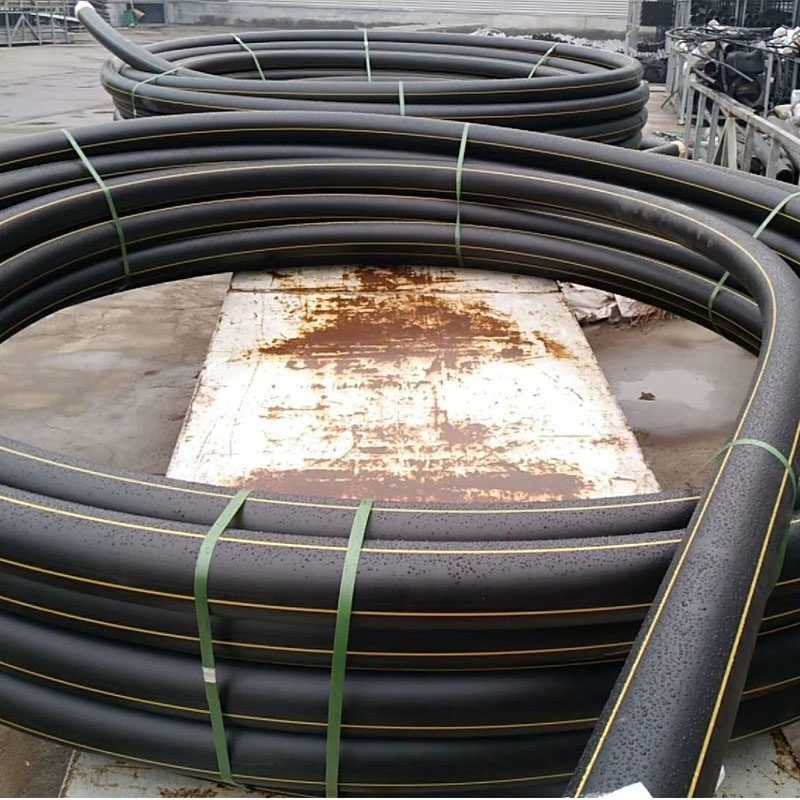Nov . 26, 2024 20:31 Back to list
Understanding Full Manufacturer Standards for PPR Pipes and Their Applications
The Rise of PPR Pipes in Manufacturing A Comprehensive Overview
In the world of modern construction and plumbing, the demand for efficient, durable, and cost-effective materials has led to the widespread adoption of Polypropylene Random Copolymer (PPR) pipes. These innovative pipes are increasingly favored by manufacturers and builders alike due to their numerous advantages, making them a staple in various applications across the globe. This article explores the attributes, benefits, and growing significance of PPR pipes in full-scale manufacturing processes.
Understanding PPR Pipes
PPR pipes are made from a thermoplastic polymer, specifically formed through the polymerization of propylene monomers. This unique process results in a material that exhibits excellent flexibility, impact resistance, and thermal stability. The ‘random’ aspect of PPR refers to the molecular structure, which enhances its overall performance, especially for hot and cold water systems.
Manufacturers are turning to PPR pipes for various applications, including plumbing systems, heating and cooling installations, and industrial processes. Their ability to withstand high temperatures, pressures, and corrosive environments makes them a versatile choice for many industries.
Key Advantages of PPR Pipes
1. Durability and Longevity One of the most compelling reasons to choose PPR pipes is their remarkable longevity. With a lifespan that can exceed 50 years, these pipes resist wear and tear over time, which significantly reduces the need for frequent replacements and maintenance.
2. Corrosion Resistance Unlike traditional metal pipes, PPR pipes do not corrode. Their resistance to chemical reactions allows them to be used in various environments, from residential plumbing to chemical processing plants, without the fear of material degradation.
3. Thermal Stability PPR pipes can withstand a temperature range of -20°C to 95°C (-4°F to 203°F). This thermal stability ensures that they can be used in both hot and cold water applications without degrading or affecting water quality.
4. Lightweight and Easy to Handle The lightweight nature of PPR pipes makes storage, transportation, and installation significantly easier and more cost-effective. This advantage is particularly beneficial for large-scale projects where efficiency is paramount.
5. Eco-Friendly Option PPR pipes are recyclable and composed of non-toxic materials, contributing to a more sustainable building practice. The production process generates fewer emissions compared to traditional materials, making it an environmentally friendly choice.
ppr pipes in full manufacturer

Applications of PPR Pipes
PPR pipes have a wide range of applications across multiple sectors
- Residential Plumbing They are commonly used for potable water supply, ensuring the safe delivery of drinking water due to their non-toxic properties. - Heating Systems Their thermal resistance makes PPR pipes an ideal option for central heating systems, including underfloor heating and radiators.
- Industrial Applications In industries that handle corrosive chemicals or high-temperature fluids, PPR pipes offer a reliable and safe solution. They are ideal for water treatment plants, food processing, and other manufacturing environments.
- Irrigation Systems Their durability and resistance to UV rays make PPR pipes suitable for agricultural applications, contributing to efficient water management in farming.
Future Trends and Innovations
As the construction and manufacturing sectors continue to evolve, the demand for PPR pipes is expected to grow. Innovations in manufacturing processes, such as enhanced jointing techniques, have improved the overall reliability and efficiency of installations. Additionally, sustainability concerns drive the development of biodegradable or more eco-friendly variants of PPR materials.
Manufacturers are also investing in research and development to create hybrid systems that can combine the strengths of PPR with other materials, aiming to create even more efficient and versatile piping solutions.
Conclusion
The increasing adoption of PPR pipes in manufacturing and construction emphasizes their importance in modern infrastructure. With their mix of durability, safety, and environmental considerations, PPR pipes are undoubtedly paving the way for a more efficient and sustainable future in the industry. As technology advances and demand grows, their role will likely expand, further solidifying their position as a vital component in the building materials landscape.
-
High-Quality PVC Borehole Pipes Durable & Versatile Pipe Solutions
NewsJul.08,2025
-
High-Quality PVC Perforated Pipes for Efficient Drainage Leading Manufacturers & Factories
NewsJul.08,2025
-
High-Quality PVC Borehole Pipes Durable Pipe Solutions by Leading Manufacturer
NewsJul.08,2025
-
High-Quality PVC Borehole Pipes Reliable PVC Pipe Manufacturer Solutions
NewsJul.07,2025
-
High-Quality UPVC Drain Pipes Durable HDPE & Drain Pipe Solutions
NewsJul.07,2025
-
High-Quality Conduit Pipes & HDPE Conduit Fittings Manufacturer Reliable Factory Supply
NewsJul.06,2025

